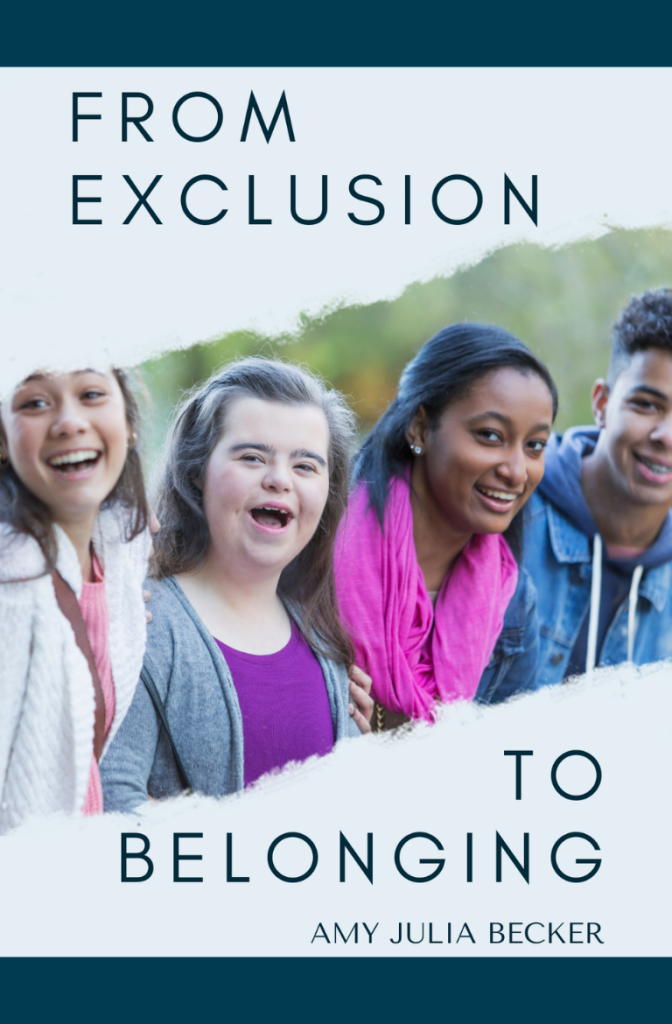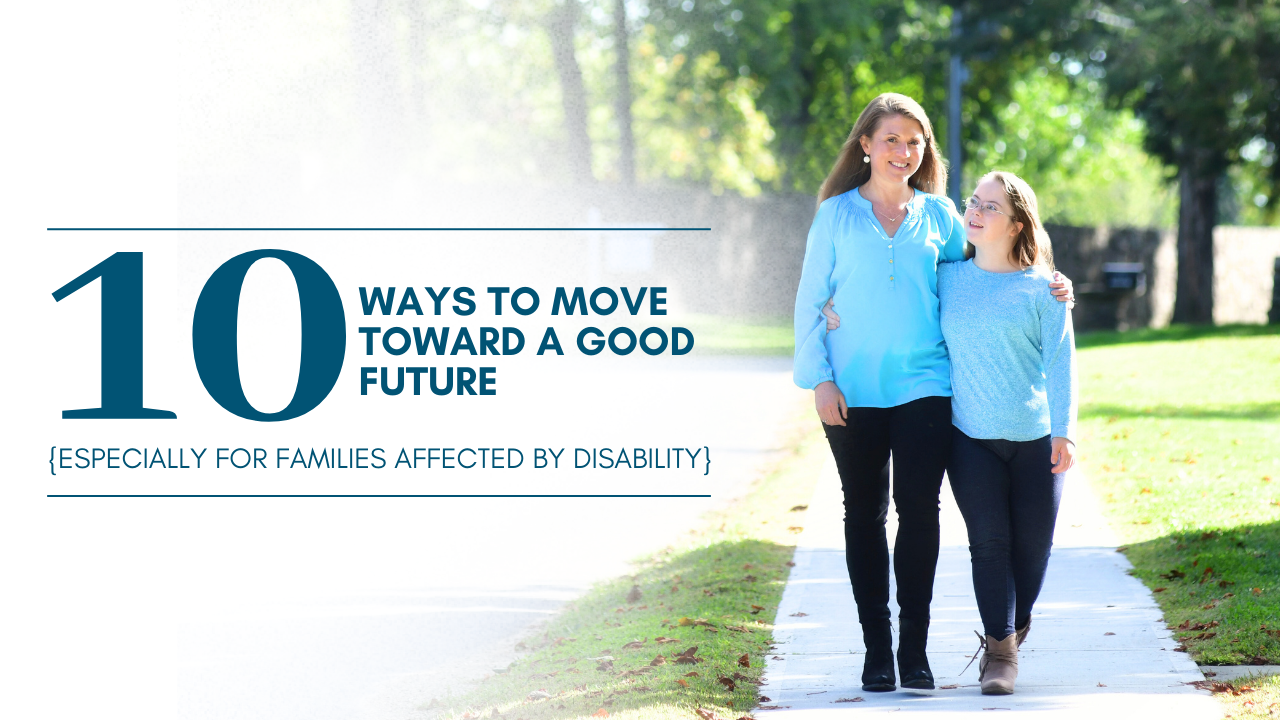As a part of an ongoing desire to honor Penny’s capacities as an adult with Down syndrome, I’m learning to change my prepositions.
I keep catching myself talking about things that I will do “for” Penny. I’ll make an appointment for her. Or I will fill out a form for her. Make her lunch for her.
But the decision not to petition for guardianship for her served as a wakeup call. If the state is going to treat her as an adult, then I need to adjust my behavior—and my language—to acknowledge that she is indeed a capable young woman.
She still needs support, which is why we’ve cobbled together a form of supported decision making where she has protection and guidance, especially in the medical and financial realms. But the language I want to use to describe this depends on the word “with”, not “for.”
When I catch myself saying I will do something for Penny, I have started to ask whether instead I can do it with her, or whether she can do it for herself.
The simple adjustment of a preposition can make a big difference in how much agency we allow our daughter to live into.
(And honestly, this same adjustment is relevant in my relationship with all three of our kids! Just, as usual, a bit magnified when it comes to Penny.)

MORE WITH AMY JULIA:
- Missing Out on Beautiful: Essays About Growing Up With a Child With Down Syndrome
- Penny’s Senior Night as a Cheerleader
- Turning 18 and Guardianship Decisions
- Disability and the Language We Use with Andrew Leland
Subscribe to my newsletter to receive regular updates and news. You can also follow me on Facebook, Instagram, Twitter, Pinterest, and YouTube, and you can subscribe to my Reimagining the Good Life podcast on your favorite podcast platform.




